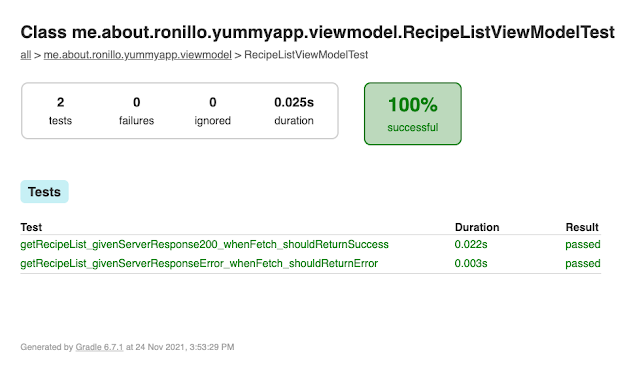Getting Started with iOS App Development
Are you ready to embark on a journey into the exciting world of iOS app development? If so, you've come to the right place! In this blog post, we'll introduce you to the fundamentals of Swift, Apple's powerful and versatile programming language, and show you how to kickstart your iOS app development journey. Whether you're a complete beginner or a seasoned developer looking to explore Swift, this guide will help you get started.
Why Choose Swift for iOS Development?
Before we dive into the nuts and bolts of Swift, let's briefly discuss why it's the preferred language for iOS app development.
1. Speed and Performance: Swift is designed to be fast and efficient. It's built on top of Apple's LLVM compiler, which helps your code run smoothly and quickly.
2. Safety: Swift incorporates modern programming concepts to minimize bugs and errors. Its strong type system helps catch and prevent many common programming mistakes.
3. Expressive: Swift offers concise and clear syntax that makes it easier to read and write code. This leads to improved developer productivity.
4. Interoperability: While Swift is the primary language for iOS development, it can also work seamlessly with Objective-C, allowing developers to leverage existing codebases and libraries.
Now that you have a good reason to learn Swift, let's start with the basics.
Setting Up Your Development Environment
Before you can start coding, you need to set up your development environment. Here's what you'll need:
1. Mac Computer: iOS app development is primarily done on macOS, so you'll need a Mac computer.
2. Xcode: Xcode is Apple's official Integrated Development Environment (IDE) for iOS app development. It includes everything you need to write, test, and debug your apps. You can download Xcode for free from the Mac App Store.
3. Swift: Xcode includes Swift by default, so you don't need to install it separately. Just make sure you're using a recent version of Xcode to access the latest features and improvements.
Learning the Basics of Swift
Now that you're all set up, it's time to start learning the basics of Swift. Here are some essential concepts to get you started:
Variables and Constants
In Swift, you can declare variables using `var` and constants using `let`. Variables can change their values, while constants cannot.
```
var myVariable = 42
let myConstant = "Hello, Swift!"
```
Data Types
Swift has a range of data types, including `Int` (for integers), `Double` (for floating-point numbers), `String` (for text), and more. You can declare the type explicitly or let Swift infer it.
```
var age: Int = 30
var price = 9.99 // Swift infers the type as Double
```
Control Flow
Swift supports standard control flow structures like `if`, `for`, and `while`. Here's an example of an `if` statement:
```
let temperature = 25
if temperature > 30 {
print("It's a hot day!")
} else if temperature < 20 {
print("It's a cold day!")
} else {
print("The weather is just right.")
}
```
Functions
You can define functions in Swift to encapsulate reusable pieces of code. Here's a simple function that adds two numbers:
```
func add(_ a: Int, _ b: Int) -> Int {
return a + b
}
let result = add(5, 3)
print(result) // Outputs: 8
```
Classes and Objects
Swift is an object-oriented language, so you can create classes and objects to model real-world entities. Here's a basic class definition:
```
class Car {
var make: String
var model: String
init(make: String, model: String) {
self.make = make
self.model = model
}
func startEngine() {
print("Starting the engine of \(make) \(model).")
}
}
let myCar = Car(make: "Toyota", model: "Camry")
myCar.startEngine()
```
Building Your First iOS App
Now that you have a grasp of Swift's fundamentals, it's time to build your first iOS app. Start with a simple project to get a feel for the development process, and gradually work your way up to more complex apps.
In Xcode, you can create a new project by selecting "File" -> "New" -> "Project." Choose a template (e.g., Single View App) and follow the wizard to set up your project. You can then use Swift to write the code for your app's user interface and functionality.
Remember that iOS development is a vast field, and there's always more to learn. Apple's official documentation and online tutorials are excellent resources for advancing your skills.
Conclusion
Swift is a fantastic language for iOS app development, and with the right resources and dedication, you can become a proficient iOS developer. Start small, practice regularly, and don't be afraid to explore more advanced topics as you gain confidence in your skills. Happy coding, and best of luck on your iOS app development journey!

Comments
Post a Comment